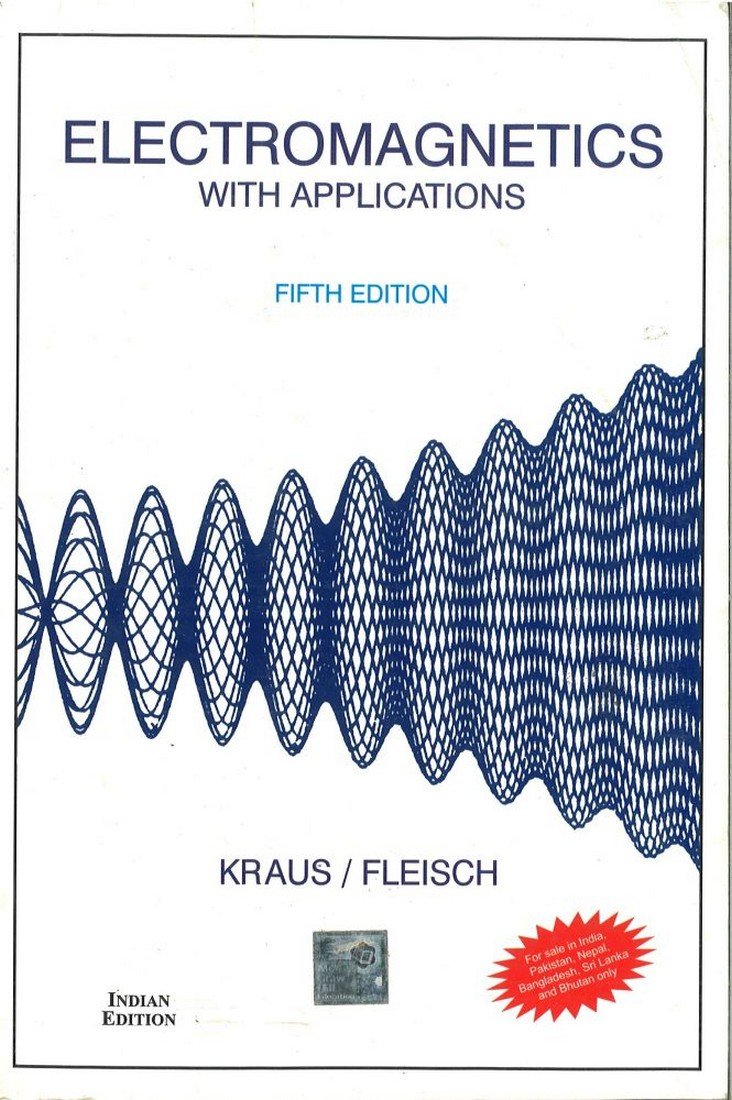In electromagnetics, a wave is an oscillation of an electrical field or magnetic field. Waves are commonly produced by moving electric charges, but they can also be produced by moving magnets. The simplest form of electromagnetic wave is the plane wave. In a plane wave, the fields E and B are perpendicular to each other and to the direction of propagation (the z-axis). The fields vary in time as sinusoidal functions with a common frequency f:
E(z,t) = E_0 cos(kz – omega t),quad B(z,t) = B_0 cos(kz – omega t).
where k = 2pi/lambda is the wavenumber and omega = 2pi f is the angular frequency. These equations describe a linearly polarized wave; more general waves will have elliptical polarization.
The speed of an electromagnetic wave in vacuum is always equal to the speed of light c regardless of its frequency:
v = frac{omega}{k} = c.
This relationship between wavelength lambda, frequency f, and velocity v is known as the dispersion relation for electromagnetic waves in vacuum. In general, however, dispersion relations can be quite complicated; for example, in a medium with multiple dielectric constants they take on a much more complicated form. For this reason we will restrict ourselves here to discussing only electromagnetic waves in vacuum.
One consequence of the fact that all electromagnetic waves travel at the same speed in vacuum is that there can be no static electric or magnetic fields; any such fields would produce an infinite number of standing waves having zero net energy density (see Poynting’s theorem). Nevertheless, it turns out that there do exist solutions to Maxwell’s equations which correspond to static electric and magnetic fields; these solutions are called magnetostatics and electrostatics respectively. However, these solutions cannot be used to describe EM radiation; they must instead be thought of as limiting cases where either k=0 or omega=0 .


